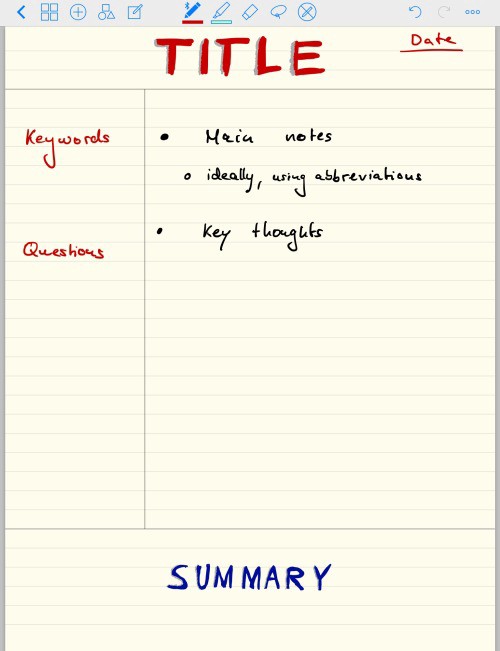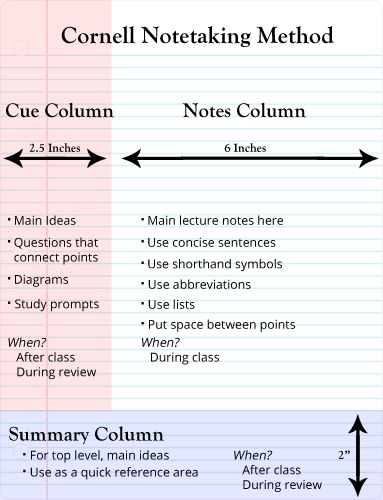

As such, we’ve created 15 printable Cornell Notes templates (PDFs) that can be downloaded for free and used whether you’re in middle school, high school, or college. While our aim isn’t to perfectly lay out the ins and outs of the study method of the Cornell Notes system, nor debate its effectiveness, we do believe it is a great approach for students looking to retain more information and do well in school. While studies of the effectiveness of the Cornell Notes method are mixed and debated, it remains a very popular note-taking method to this day. The note-taker is then encouraged to review the notes in these three sections regularly so as to retain a greater percentage of the information presented. in a left-hand column as well as a brief summary in a bottom section. This method of note-taking follows a very specific formula in which the note-taker writes down all the key concepts presented during the lesson/lecture in a middle/right column and then reviews the notes afterward and jots down questions, cues, etc.


The Cornell Notes method was developed by an education professor at Cornell University in the 1950s by the name of Walter Pauk. But perhaps the most widely used note-taking method, especially at the college level, is called the “Cornell Notes System or Method”. Note-taking methods can be as varied as individuals or penmanship with each person having their own method and shorthand to keep up with the professor’s verbal, written, or video lecture. Review your notes for a few minutes each week to keep your recall of information fresh, especially since you will be adding note pages for every lecture.The start of the school year is imminent and that means that before long note-taking will be a critical part of one’s success for students from middle school through college. Don't look at the note-taking section when conducting your review. Test your recall by reviewing the cue section of your notes and answering the questions you have written. Don't parrot your instructor's words employ your own knowledge of the material in the summary.

Limit summaries to two or three sentences, encapsulating the material on the page of notes for quick reference. Summarize the notes by writing a few sentences in the summary area at the bottom of each page of notes. Write these questions in the cues section of your notes. These questions are intended to help you understand the material and can also be used as practice questions for future exams. Review your notes after class and devise questions from the information you've written. Focus your notes on major topics and subtopics and avoid writing every word your instructor says. Write down all material that is presented in a visual aid or on a blackboard. When taking notes, keep your sentences short, using your own system of shorthand so that you can more accurately record the information. The remaining area, which is 6 inches wide and 9 inches deep, is where you'll actually record notes in class. This space is known as your summary area used to condense key ideas. Draw a horizontal line at the 2-inch mark from the bottom of the page all the way to the end of the right side of the page.


 0 kommentar(er)
0 kommentar(er)
